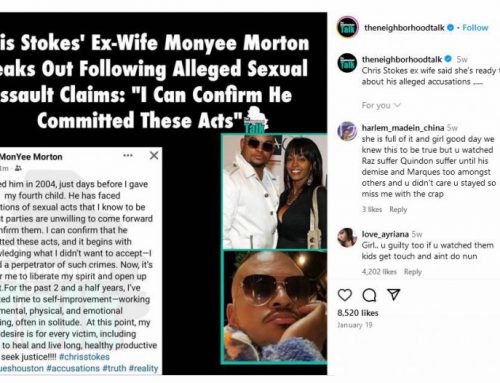After many years, there has been a breakthrough in the death of this reporter who was digging into an online tabloid’s giving positive coverage to celebrities for pay.
His death wasn’t related to that, but three military guys who had been fired in the wake of a story the reporter had written a few years earlier. They followed him and harassed him and then ultimately planted an IED that his car ran over and blew up.
One of the three guys told a woman he was going to marry, the story.
When she heard it, she split with him and she shared it with reporters who have been digging into it the past two months.
Michael Hastings
View this post on Instagram
#michaelhastings #vault7 #wikileaks #cia #fbi #waronjournalism #history #usa
Who Killed Michael Hastings?
At the end of his life, Michael Hastings, like many of the progressive journalists he counted among his friends, felt besieged by an overreaching government. Hastings was living in Los Angeles, and at a Beverly Hills theater in April, he took part in a panel discussion about the documentary War on Whistleblowers: Free Press and the National Security State. Interviewed in May on The Young Turks, a talk show on Current TV, Hastings railed against the Obama administration, which “has clearly declared war on the press”; the only recourse, he said, was for the press to respond: “We declare war on you.” On May 31, he dashed off an urgent tweet: “first they came for manning. Then Assange. Then fox. Then the ap.drake and the other whistle-blowers. Any nyt reporters too.” He attended screenings of his friend Jeremy Scahill’s film Dirty Wars, which seeks to expose “the hidden truth behind America’s expanding covert wars,” and when leaks about the NSA began appearing in The Guardian, and Edward Snowden was charged with espionage, Hastings was deeply troubled by the revelations and the Justice Department’s response. On June 7, his last post for BuzzFeed, where he was a staff writer, focused on “Why Democrats Love to Spy on Americans,” and at the time of his death, Hastings was working on a profile of CIA director John Brennan for Rolling Stone.
—
By the middle of June, though, Hastings, then 33, had become openly afraid. Helicopters are a common sight in the Hollywood Hills, but he had told Jordanna Thigpen, a neighbor he’d become close to, that there were more of them in the sky than usual, and he was certain they were tracking him. On Saturday the 15th, he called Matt Farwell, his writing partner, and said Farwell might be interviewed by the FBI. Farwell was unsettled. “He was being really cagey over the phone, which was odd, very odd,” Farwell says. On the 17th, Hastings e-mailed colleagues at BuzzFeed to warn them that “the Feds are interviewing my ‘close friends and associates’ ”; he was “onto a big story” and needed to go “off the rada[r] for a bit … hope to see you all soon.”
“He was deeply agitated,” says The Young Turks host Cenk Uygur. Since Hastings didn’t want to say anything more over e-mail or the phone, Farwell, who lived in Virginia, set up a lunch for him the following Thursday with a trusted friend of Farwell’s, also in L.A., so that she could pass along whatever Hastings had to tell him on her forthcoming trip East.
The lunch never happened. At 4:20 a.m. on Tuesday, June 18, Hastings’s silver Mercedes C250 coupe, speeding south on Highland Avenue, crossed Melrose, jumped the median, hit a palm tree, and exploded. The charred body of the driver was identified by the Los Angeles coroner as John Doe 117 until fingerprints confirmed that the deceased was Michael Hastings.
—
WikiLeaks poured on accelerant, tweeting on June 19 that “Michael Hastings death has a very serious nonpublic complication. We will have more details later.” It would turn out that Hastings had sent one of his I’m-being-investigated e-mails to WikiLeaks lawyer Jennifer Robinson. An unusual public disclaimer by the FBI, stating that Hastings wasn’t under investigation by the Bureau, became fuel for further conspiracy mongering. And Richard Clarke, the former counterterrorism czar, told the Huffington Post that “my rule has always been you don’t knock down a conspiracy theory until you can prove it [wrong]. And in the case of Michael Hastings, what evidence is available publicly is consistent with a car cyber attack.” Inside Edition asked: “Was it an accident or was it murder?” – Source
Read more on these Tags: Michael Hastings









